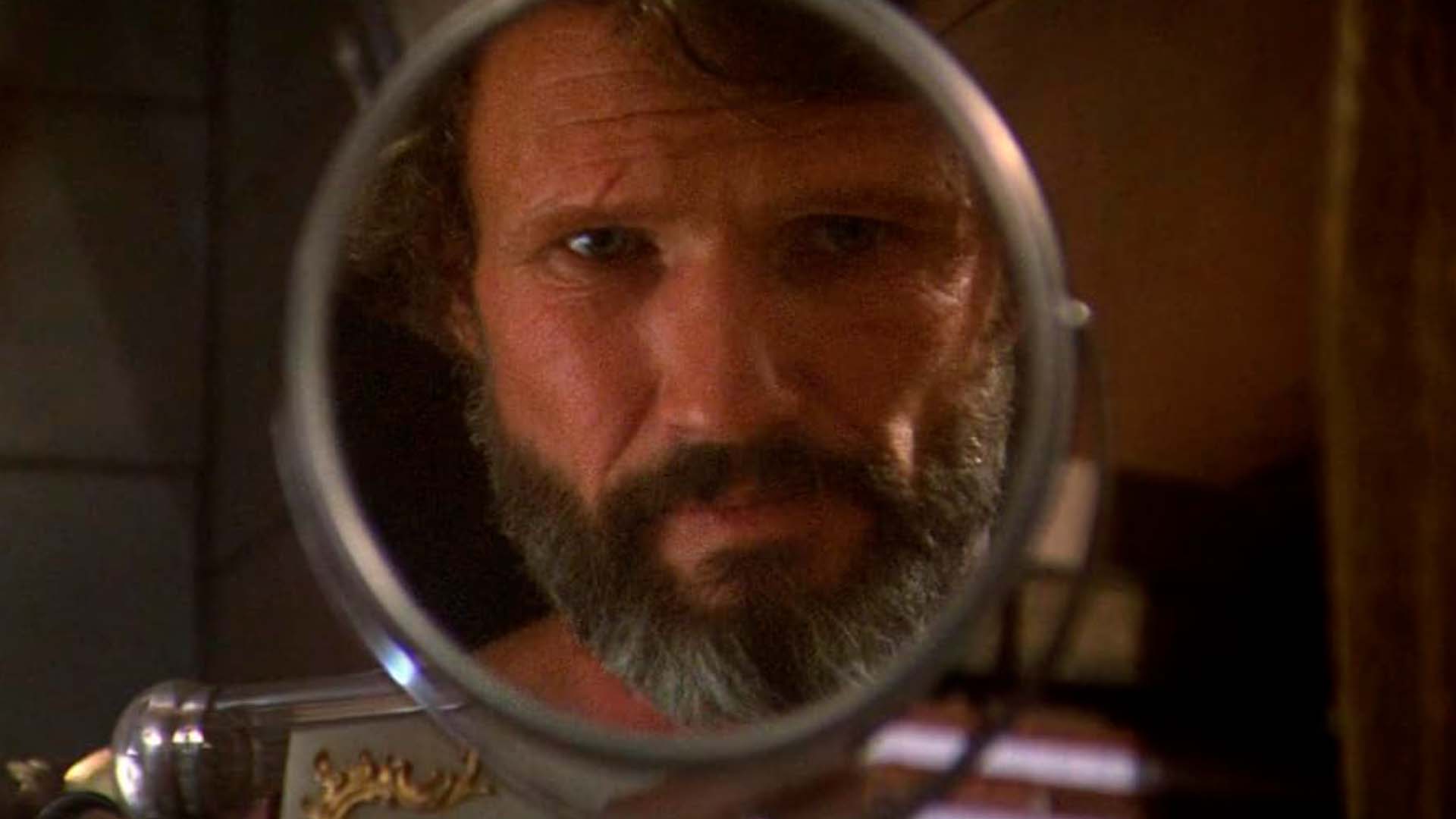Unlocking budget success: A guide to avoiding common film budget mistakes
In the world of filmmaking, budgeting is more than just numbers—it's an art. Correctly managing the funds can make or break a film project.


This comprehensive guide delves into the common film budget mistakes and presents effective strategies to dodge these potential pitfalls.
Importance of effective budgeting in film production
Crafting a film budget isn't merely about money—it's about laying a solid foundation for the filmmaking process. Effective budgeting in film production acts as the spine that holds the whole project together. From "Gone with the Wind" (1939) to "Avatar" (2009), every successful film has had a meticulously planned budget at its heart.
Common budget mistakes and their Impact
- Overestimating revenue and underestimating expenses: One of the frequent film budget mistakes includes overoptimistic revenue projection and an underestimate of expenses. For instance, the sci-fi epic "John Carter" (2012) suffered from overly inflated revenue expectations and spiraling production costs, leading to significant financial losses.
- Neglecting contingency funds: The lack of contingency funds in film budgeting can be detrimental. "Heaven's Gate" (1980), despite being a grand venture, fell victim to an escalating budget with no contingency plan in place, resulting in a box office disaster.
- Poor resource allocation and cost control: Inadequate resource allocation and cost control can damage a film's prospects. "Cutthroat Island" (1995), despite a promising start, suffered from poor resource management, making it one of Hollywood's biggest flops.
- Inadequate pre-production planning: Underestimating the value of pre-production planning for budgeting can lead to unanticipated expenses. The film "Waterworld" (1995) is a classic example where inadequate pre-production led to a ballooning budget.
- Ignoring tax Incentives and rebates: Not availing tax incentives and rebates in film budgeting can lead to missed opportunities for cost-saving. Several films have lost out on potential savings due to this oversight.
Case studies: Real-life examples of budget mistakes
"John Carter" (2012)
This sci-fi epic directed by Andrew Stanton was based on a series of classic novels by Edgar Rice Burroughs. The film was a visual spectacle, filled with extraordinary special effects and grand set pieces. However, the film was plagued by several production issues, including script rewrites, changes in direction, and costly reshoots. The projected revenue was heavily overestimated, given the relative obscurity of the source material to modern audiences. The actual budget soared to around $307 million, including advertising costs. When the film only grossed $284 million globally, it was considered a substantial box office bomb. The inability to accurately estimate expenses and forecast revenue was a key factor in the film's financial failure.

"Heaven's Gate" (1980)
Directed by Michael Cimino, this ambitious western faced extensive production delays, creative indulgences, and poor financial oversight, which caused the budget to balloon from an initial $11 million to around $44 million. This was a clear case of ignoring the need for contingency funds. Cimino was given an incredible amount of control and leeway, leading to frequent and costly on-set changes and reshoots. The film’s box office earnings were a dismal $3.5 million, leading to significant losses for United Artists and, in part, causing the studio's eventual sale.

"Cutthroat Island" (1995)
This action-adventure film, directed by Renny Harlin, aimed to reignite interest in the swashbuckler genre. However, the movie was beset with problems from the start, with poor resource allocation and inadequate cost control. The production faced several hurdles, including the loss of major actors, script rewrites, and Harlin's ambitious vision, which led to skyrocketing costs. With a budget of $98 million, the film only managed to gross about $10 million at the box office, making it one of the biggest financial failures in cinema history. The budgetary disaster contributed to the bankruptcy of Carolco Pictures, the film's production company.

Strategies for avoiding budget mistakes
Avoiding budget mistakes requires a blend of prudence, thorough research, and keen industry insight. Building a detailed budget plan, leveraging the expertise of seasoned professionals, and continually monitoring and adjusting the budget are essential steps towards budget success.
Conclusion
Mastering the art of budgeting can make the difference between a film's success and failure. With these insights and strategies, filmmakers can avoid common pitfalls and navigate their way to budget success. As a trusted partner in your filmmaking journey, Filmustage offers robust solutions to facilitate effective budgeting in film production.
Filmustage, with its AI-driven script breakdown feature, revolutionizes the budgeting process. By automatically analyzing your script and breaking it down into detailed elements such as scenes, locations, and characters, Filmustage streamlines the budgeting process, saving you valuable time and effort. This powerful tool enables you to accurately estimate costs, allocate resources efficiently, and mitigate budget risks.
With Filmustage, you can create a comprehensive shooting schedule, collaborate with your team, and keep your production on track, all while optimizing your budget. Say goodbye to manual breakdowns and tedious calculations—Filmustage empowers filmmakers to make informed decisions, maximize their resources, and bring their creative visions to life.
Experience the benefits of Filmustage's AI-driven script breakdown feature and elevate your budgeting process to new heights. Start your journey today and unlock the full potential of your film projects with Filmustage.
From Breakdown to Budget in Clicks
Save time, cut costs, and let Filmustage’s AI handle the heavy lifting — all in a single day.